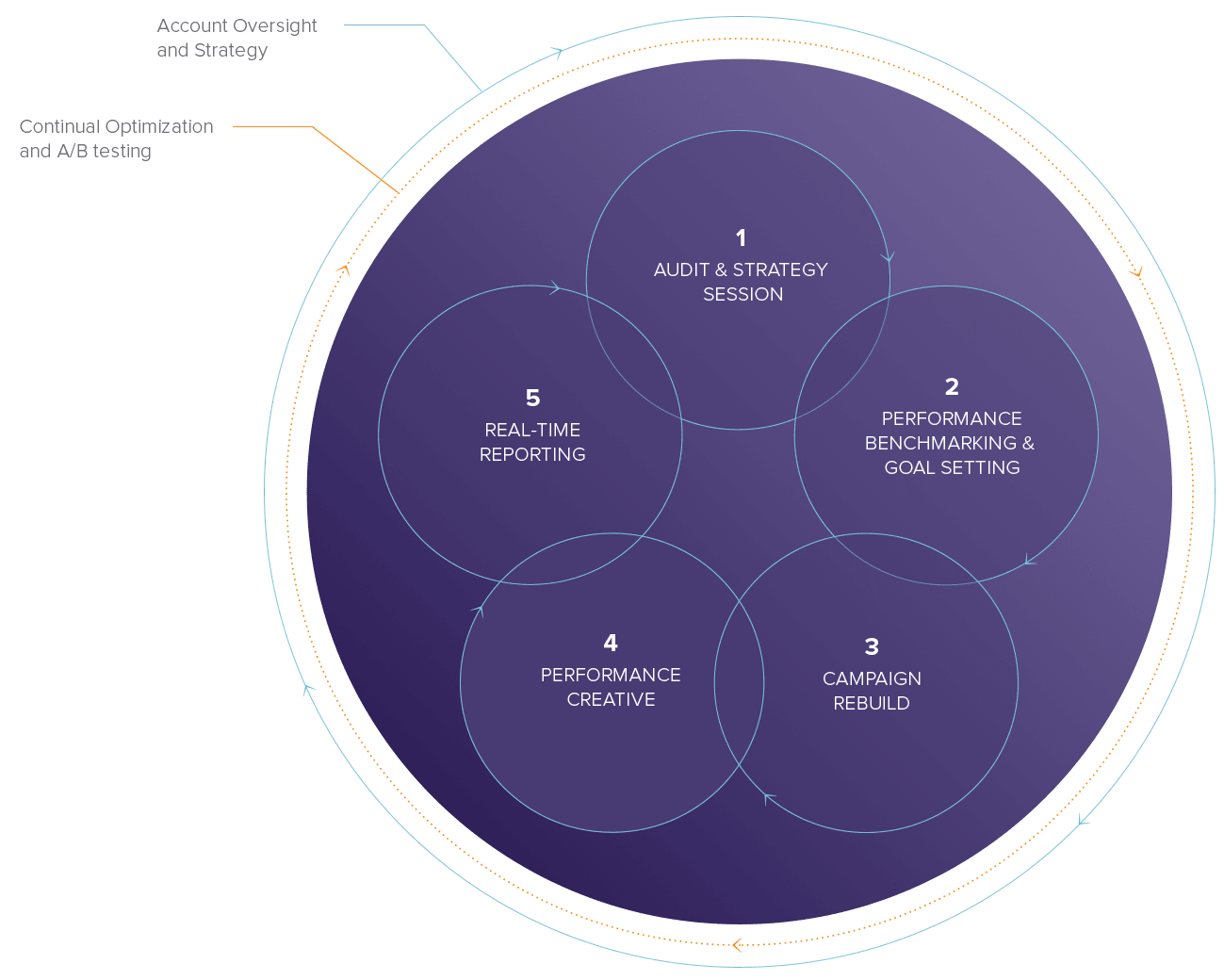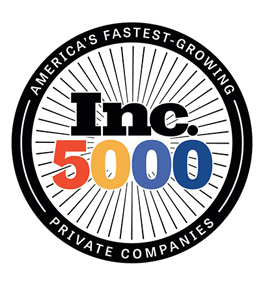Stop the Guesswork: How to Integrate GA4, Google Ads & GSC

Before we jump into this, let me throw out a few stats around Google product adoption.
- There are more than 3.4M American based websites currently using GA4. Depending on the source, this accounts for a whopping 72-83% market share in the United States.
- Google Ads revenue accounted for $66.9B in Q1 of 2025 and projected to hit just shy of $300B for all of 2025.
- Although these stats are not shared, we estimate that roughly 95% of websites using GA4 also leverage Google Search Console and Google Tag Manager.
Despite the massive adoption, Google faces continuous scrutiny for lack of transparency around how they collect, save and share data. Much of the criticism is fair and common complaints include: Why is Google sampling data? Why is there always a conversion lag? Why is Google so ambiguous about the data they’re using? Why can’t I see the data I want? You get the point.
One complaint we hear very frequently is: “Our data isn’t aligning across Google platforms, and it’s impossible to find everything in one place.” In a surprising twist, this is one area where I would actually defend Google. Their ecosystem is extremely flexible and designed to integrate natively across products like GA4, Google Ads, and Search Console.
The kicker? These integrations aren’t automatic. Unless someone experienced is overseeing your Google ecosystem, many valuable features are easy to overlook. Below are a few specific use cases focused on GA4, Google Ads, and Search Console. If these have already been implemented then kudos to you. If not, they should be high on your priority list.
GA4 & Google Ads
If you are running Google Ads, linking up your Ad Account and GA4 is a MUST DO. This essentially allows Google Ads and GA4 to share information in a two-way direction. A few specific benefits of this being:
- You can import conversion metrics from GA4 to Google Ads which provides better alignment and transparency across platforms.
- This allows you to create detailed audiences in GA4 and push to Google Ads to leverage for targeting (retargeting, exclusion audiences, predictive audiences using AI).
- You can access post click data like how do people move around your site or where did they drop off in a way that is simply not possible in Google Ads.
- This also unlocks the “advertising” module of GA4 which is a goldmine of data for analyzing attribution paths, attribution models and the overall effectiveness of Google media buys.

GA4 & Search Console
- If you have made it this far, you likely know what Search Console is, if not the TLDR: version of GSC is that it offers up detailed website diagnostics and performance for organic traffic.
- GSC can be directly integrated with GA4 with a few button clicks.
- Once linked up you will gain visibility into what organic queries are driving traffic to your site, what landing pages are accounting for organic traffic, etc.
- As an added bonus you can attach secondary dimensions to these reports which allow for an almost endless combination of data to dig into.

Google Ads & Search Console
- SEO and Paid media should be seen as complementary efforts which is easier said than done. Naturally there will be some overlap and depending how much organic and paid traffic a website receives analyzing data at scale is a nightmare.
- Well, luckily Google has a slick report that does just this. All you need to do is link your GSC account to Google Ads. Pro tip: GSC should be a domain level verification.
- Once setup this report will allow you to see search terms where you are serving ONLY paid ads for, terms where both paid ads and organic listings are showing, and where ONLY Organic efforts are showing with associated metrics.
- Regardless of media budgets this report will allow you to turbocharge where you spend media dollars and unlock efficiencies across paid and organic efforts.
















